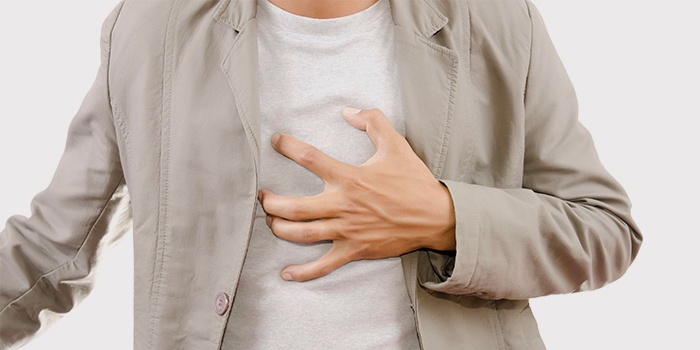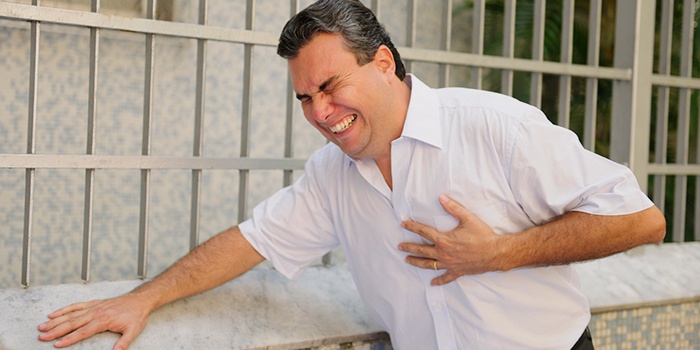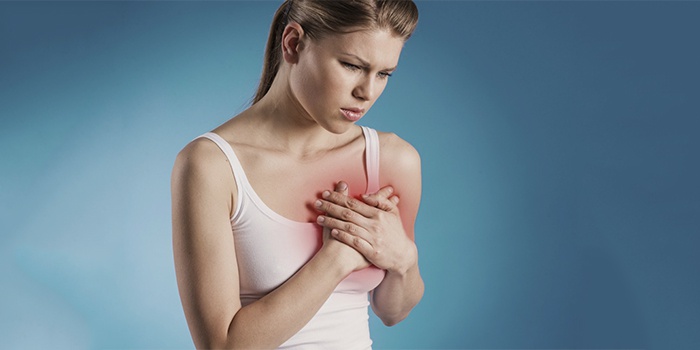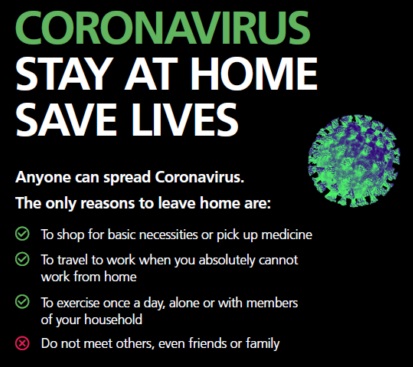Pain behind the sternum is a common sign of many pathological conditions. The clinical picture of each of the possible “hidden” diseases is manifested by characteristic symptoms. Pain in the middle of the chest should alert any person. Patients with heart problems, blood vessels, in order to avoid the most serious consequences, should immediately contact specialists for any manifestations of chest discomfort.
Why does the chest hurt in the middle
Do not ignore symptoms that deliver even the most minor inconvenience. A feature of the painful feeling in the sternum is its irradiating nature, which complicates the making of an accurate diagnosis. Permanent chest pain in the middle serves as a motive for seeking help in order to exclude serious diseases of vital organs and systems.
Behind the sternum in the middle gives to the back
Pain in the middle of the sternum, extending to the back, along with shortness of breath, arrhythmia, low blood pressure can indicate thromboembolism of the arteries of the lung. Myocardial infarction has identical signs. Disruption of the esophagus is manifested by pain in the chest in the middle when swallowing food. Pain syndrome, the localization of which is concentrated in the chest and back, along with nausea, fever, signals the development of cholecystitis.
Pain during movement
Sharp unpleasant sensations in the sternum during movement can talk about the pathology of the esophagus, sometimes the presence of oncological diseases of progressive stages. Discomfort when moving on the right side reports problems with the spine in the form of scoliosis, spondylosis. Pressive pain in the sternum in the middle, aggravated by movement – a symptom of a possible heart attack.

Pain when inhaling
Intolerable sensations emanating from the solar plexus – intercostal neuralgia – are a sign of acute and chronic processes. If it hurts in the middle of the chest due to running, inhaling, coughing, sneezing, then we can talk about squeezing or irritating the nerve endings going from the spine to the ribs. The causes of the disease are:
- Hypothermia.
- Osteochondrosis.
- Incorrect gastrointestinal tract.
- Pleurisy.
After smoking
The chest hurt after smoking for several reasons: pulmonary and extrapulmonary. Pulmonary causes arise due to damage to lung tissue by tobacco smoke, manifestations of chronic bronchitis, asthma, and lung cancer. Extrapulmonary – indicate problems of the cardiovascular system (angina pectoris), gastrointestinal tract (ulcer, gastritis), bones and joints.
Under pressure
Mechanical action on the chest is a good test of many diseases. If, when pressed, the sternum hurts in the middle more severely and the attack is reborn again, then these signs can signal inflammation of the costal-cartilaginous joint. In diabetes mellitus, exposure to the sternum leads to pain due to accumulation of uric acid.
After vomiting
Deterioration and sharp pain after the release of vomit are symptoms of possible perforation (rupture) of the esophagus. Unbearable pain is supplemented by burning, is it difficult for the patient to breathe, to perform movements that are minimal in amplitude? This combination of circumstances requires immediate surgical intervention in order to eliminate the gap and intoxication of the body..
When coughing
The depressing feeling that presses in the sternum in the middle when coughing is an alarming bell. Lack of proper attention of specialists can lead to very sad consequences. Clinical sensations behind the sternum during coughing are detected due to diseases of the heart, blood vessels and respiratory system. There are a number of other reasons that cause such a symptomatic picture:
- injuries
- spinal diseases;
- tracheal inflammation;
- tuberculosis.
Types of pain in the sternum in the middle
A painful state of the chest is one of the symptoms with which patients turn to specialists very often. If you feel any discomfort of this nature, you should evaluate the seriousness of the situation as soon as possible, take the necessary measures to eliminate the pain syndrome and its root cause. The nature of the pain can say a lot about the severity of pathological processes..
Sharp
Acute stitching pain echoes behind the sternum appear due to an attack of angina pectoris. The pain between the chest in the middle is so strong that it is difficult for a person to move. Nitroglycerin group preparations can alleviate the patient’s condition. If the external symptoms of the disease are not expressed, but there is permanent pain behind the sternum, this indicates pathological changes in the heart muscle or the development of osteochondrosis.
Strong
The girdle severe pain below the chest in the middle occurs due to stomach ulcers, pancreatitis, pancreatic and stomach oncology, and a strong enlargement of the spleen. A major role is played by the “reflected” pain syndrome. This fact has been little studied, an accurate diagnosis of such conditions is complicated by many aspects, and the treatment of irradiating pain is ineffective..
Aching
Bursting aching pains result from heart and lung diseases. With coronary disease during sneezing, coughing, soreness is temporary. Cardialgia can be a symptom of many pathological conditions. Of particular note are its neurological causes. Discomfort behind the sternum occurs much more often in people prone to constant stress and shock..
Crushing
Unpleasant sensations behind the sternum arise due to muscle spasm of the walls of the stomach. If it presses in the sternum in the middle at some predetermined time, then the basis of the disease can be assumed. With a stomach ulcer, pain occurs after eating, accompanied by heartburn, vomiting. The presence of problems with the gall and bladder is described by similar symptoms. Syndromes are temporarily blocked by special drugs, but the disease requires treatment.
The clinical picture of such serious conditions develops very quickly, the patient needs urgent hospitalization and surgical solution to the problem. Knowing the principles of functioning of the internal systems of the body can save your life and protect you from the negative consequences of the most unpleasant diagnoses.














